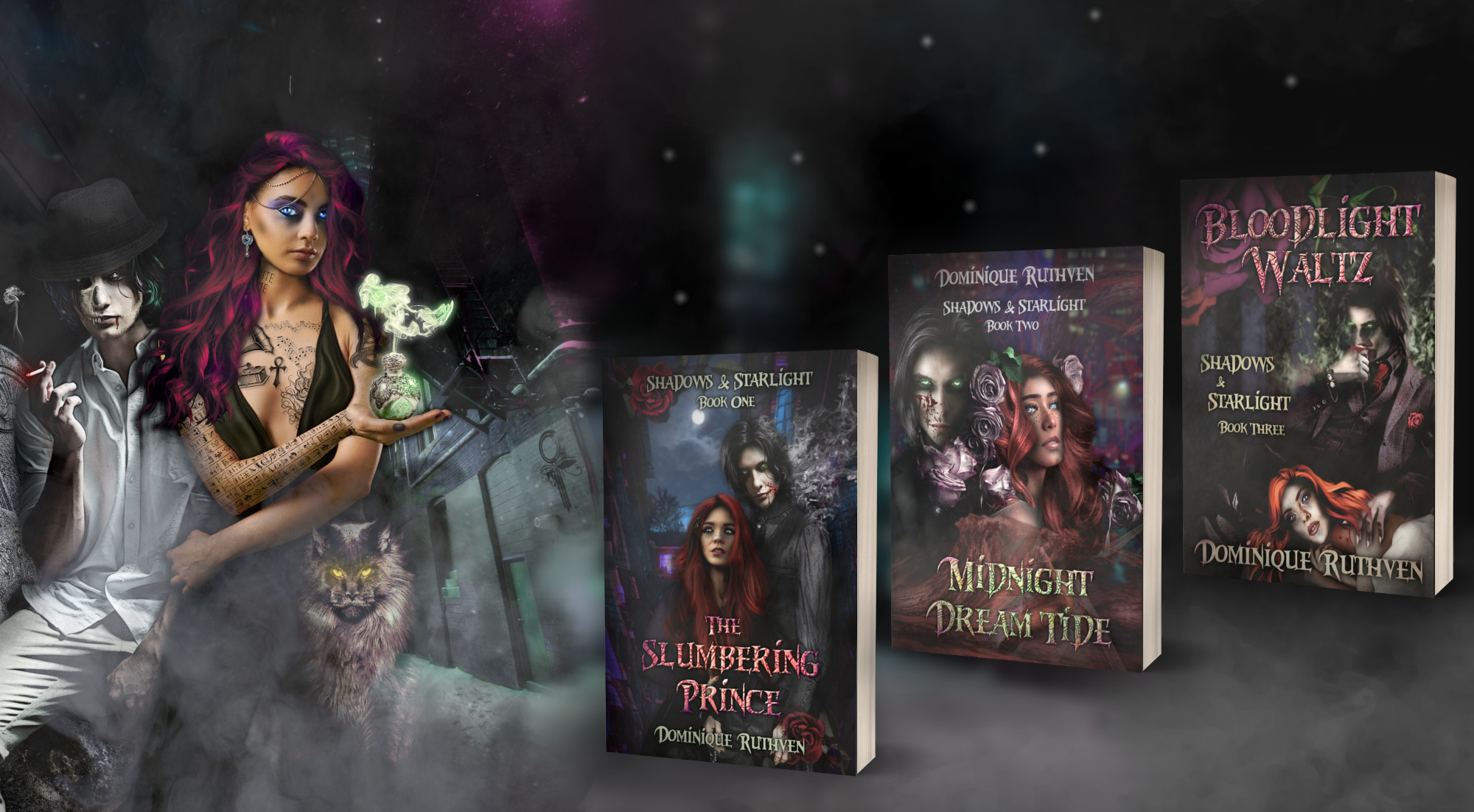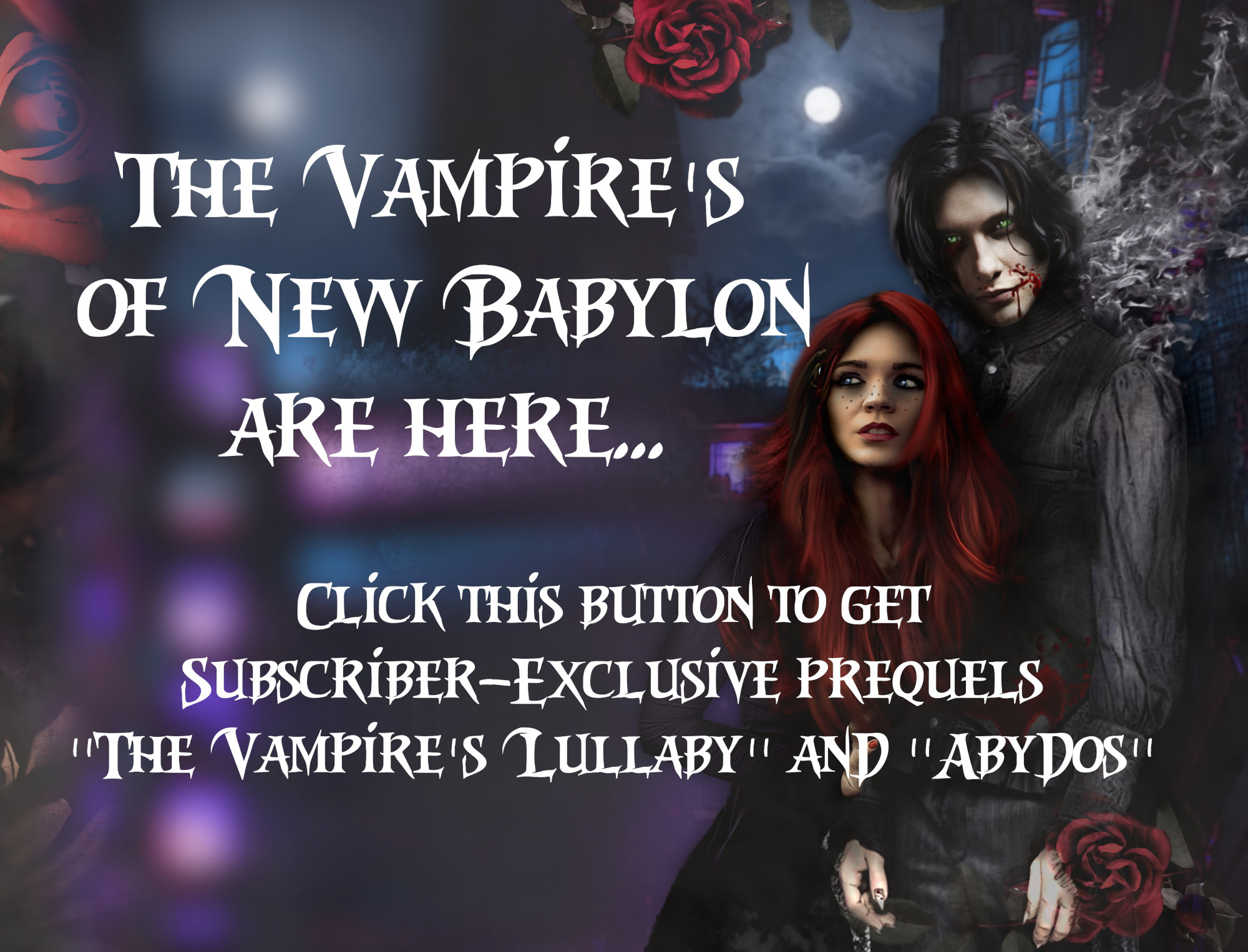“For the dead travel fast.”
– Bram Stoker, Dracula

The origins of the modern vampire myth are taken from many alterations on the idea of vampirism in both popular culture, as well as folklore specific to certain areas of the globe. Specifically, the modern vampire is a breakaway from the first iterations of the literary vampire, and the most popular of these is, without any doubt, Count Dracula, from Bram Stoker’s classic, Dracula. The vampire, the lord among the lesser of his line, is a monster by the same name, who rules his land as he has done for four hundred years, since his mortal inception, in the Romanian ruler, Vlad III, Voivode of Wallachia. Stoker plucked this character from history, in order to create what, for the time of the novel’s publication, was a compelling villain. Vlad Dracula (meaning son of the dragon/devil, depending on the dialect and context) was a medieval ruler of Wallachia, fighting the Turkish infiltration of his orthodox country. He was, historically, a great ruler, cruel, but effective, and, were it not for Stoker, his name may have been lost in the annals of history, for being exceptionally cruel as he was by many modern standards, he was no more or less cruel than other ruling monarchs of the time.
There are many rumours about the practices of Vlad III, but very few certainties. What is known of him, was that he was prone to practices of impaling his enemies, and of harsh, torturous judgments on those that broke the law; theft and adultery were mercilessly punished, and it is said that a goblet of gold and jewels could be left at well springs for villagers to drink from, as no one would dare to steal under his rule. There are many rumours, of his practices; nailing hats to the heads of Turkish emissaries, cutting genitalia off of adulterers, and worse. And it has been said that he drank the blood of his enemies, those that were impaled for crimes against the kingdom. Many sketches of this ruler, portray him feasting in the midst of a forest of stakes. What is imperative to acknowledge here, is the image that this creates by modern standards, of a true villain. Not simply an antagonistic figure, but, a villain, who does evil, for the sake of the evil in himself that needs to be fed with cruelty and torture.

It stands to reason that the distinction between an antagonist, and a villain, ought to be taken into account at this juncture. Villains do not earn perspectives in any novel, or work of literature, however, antagonists may very well have their own perspectives, their own desires, that simply happen to counter-act the goals and ambitions of the hero(s). Those goals cannot be a simple need to perform evil acts. A serial-killer who knows that his actions are evil and cruel, and continues with that chosen path irrespective, torturing, raping, killing, with seemingly no reason other than it makes him/her feel alive, is not a compelling antagonist. Villainous, yes, fear-inducing, but, not necessarily sympathetic by any means.
The character of Dracula, as seen in the Stoker novel, is no antagonist, though he has goals, his goals are not fleshed out clearly. One could assume that, he strives to escape the “old world” that he has presided over for such a period of time. As it is isolated, and, night by night, becoming more so. For a creature that requires people to live, to feed, on warm, human blood, sensibly, he needs to move forward, and, that is the plan that he sets forth. All this is perfectly reasonable. It is a clear ambition, with evident imperatives, drawn from his lacking physical security. But that does not explain his a-moral nature, his actions; his cruel disregard for human life.

The structure of Dracula is, typically, the formation of a group of “good” people, enveloped in darkness, and fighting against it. Notably, the “darkness” to which we refer here, in a Victorian age, is the fear of that which lies beyond the boundaries of the West, the civilised, progressive world. Dracula, the character, is a symbol of that which Stoker intended to represent as wicked. Sexuality, the darkness of the Eastern reaches of Europe, non-Christian values, and, generally, the fear of that which stands outside the boundaries of Victorian civilisation and comfort.
If we break the story down, what we see is, the darkness, trying to seep out of its own world, and into the modern world, to infect it, spread its blood-drinking, mindless spawn, by feeding an unquenchable hunger, that, somehow, is spread through a series of feasts that are sexually heated with the closeness of flesh against flesh. A small bastion of light, strong, cultured and accomplished men, bolstered by a strong feminine presence, set out to fight against the darkness. And somehow, these few good men, chase it back to its homeland, far from the safety of their world, where it is now banished, and destroy the evil, and return to the sanctity of their faithful universe, free of the darkness, and somehow unaffected, in spite of it having touched some of them personally, infectiously.
There is a misconception, that Dracula is a Byronic Hero, that, he introduces the concepts of sexual freedom, and non-Christian values, and, the East, as a whole, and all the alternative elements that it represents, to the cloistered comfort of that which is known and trusted. That Dracula is, in fact, misunderstood, by the heroes, when, deeper, he is a romantic soul, buried beneath all the hints at his cruelty. But, truthfully, in the original text, there is no indication of the character’s misperceived “dark romance.” In fact, this view, is, more likely than not, a cross-contamination with later iterations of the text in film, and unofficial sequels. Francis Ford Coppola made of Dracula a sorrowful figure, cruel out of his own loneliness and possessiveness of the character of Mina Murray, who so resembles his dead wife. In the text, Dracula, there is no romantic connection between Dracula and Mina. He is described as repulsive, with hairy palms, and foul breath, that, even as he seduces his victim, violates them, also inspires disgust and hatred in them. And his “tryst” with Mina, as he forces her to take his blood, and slowly become like him, is nothing more than a form of punishment against her “men” who dared to stand against him and thwart his plan. At no point, does the character display aspects of humanity, moral equivocation. He remains, from the beginning to the end of the novel, purely monstrous and despicable, and his ultimate destruction, comes as a relief.
If there truly was an aspect of heroism to the character, his death would have had a bittersweet note of sorrow to it. Relief at his destruction, with a twang of regret. But, no. It remains a blessing, when the good finally crushes the dark, the monster that threatens the sanctity of their world. Where sexuality is kept hidden, and faith is sacred, and culture holds no surprises, or threats of change and, dissonance. With age, popular culture becomes high literature. And so, Dracula, a horror novel, written by a relatively unknown author, grew from near obscurity, to a standard study in classic literature. But its themes are not deeper than they may at first appear. What stands out on a first reading is, almost entirely, the full depth and content of the piece. Dracula is no hero. And, for this reason, he is more compelling, in deviations from the text, than he is in the original.


